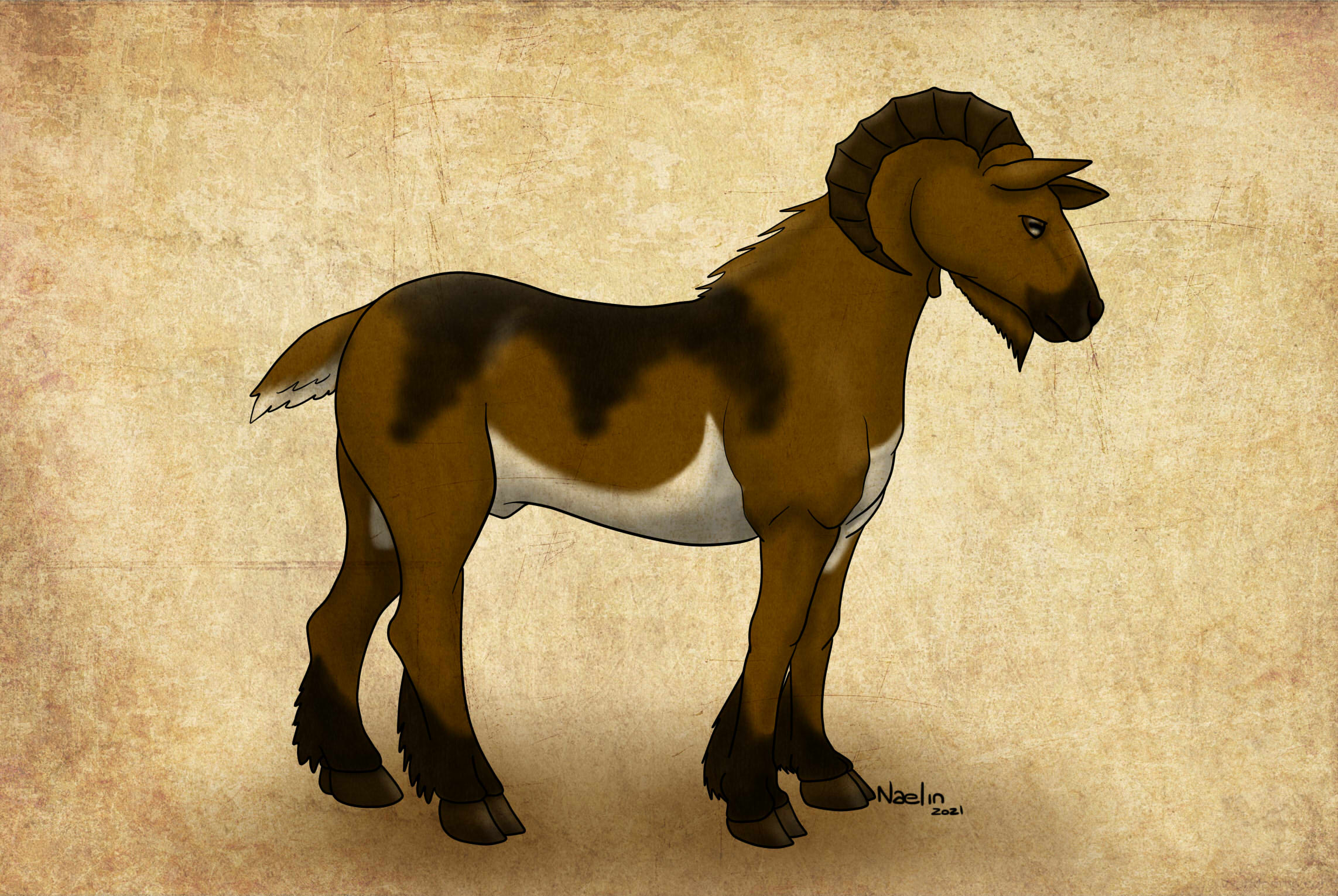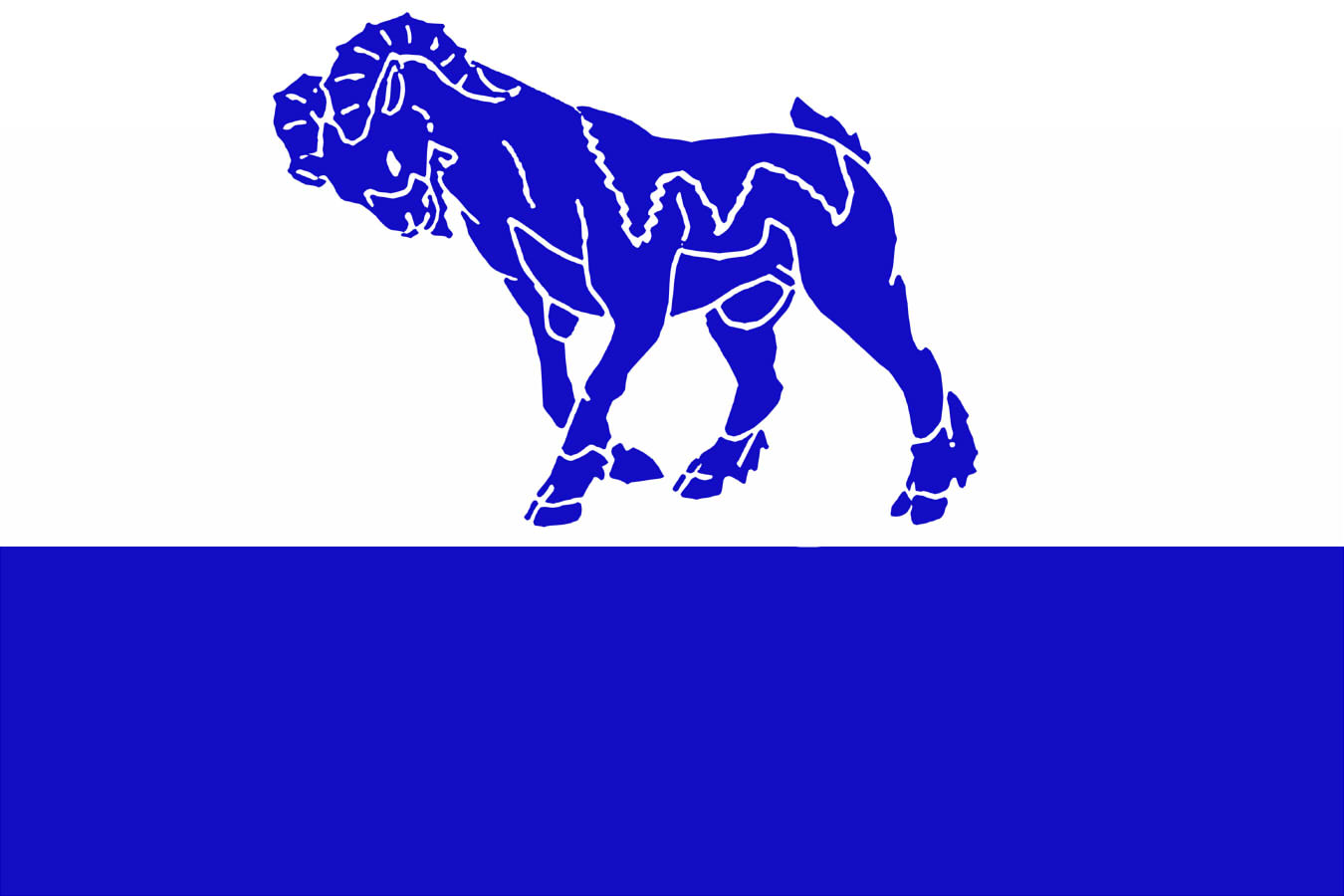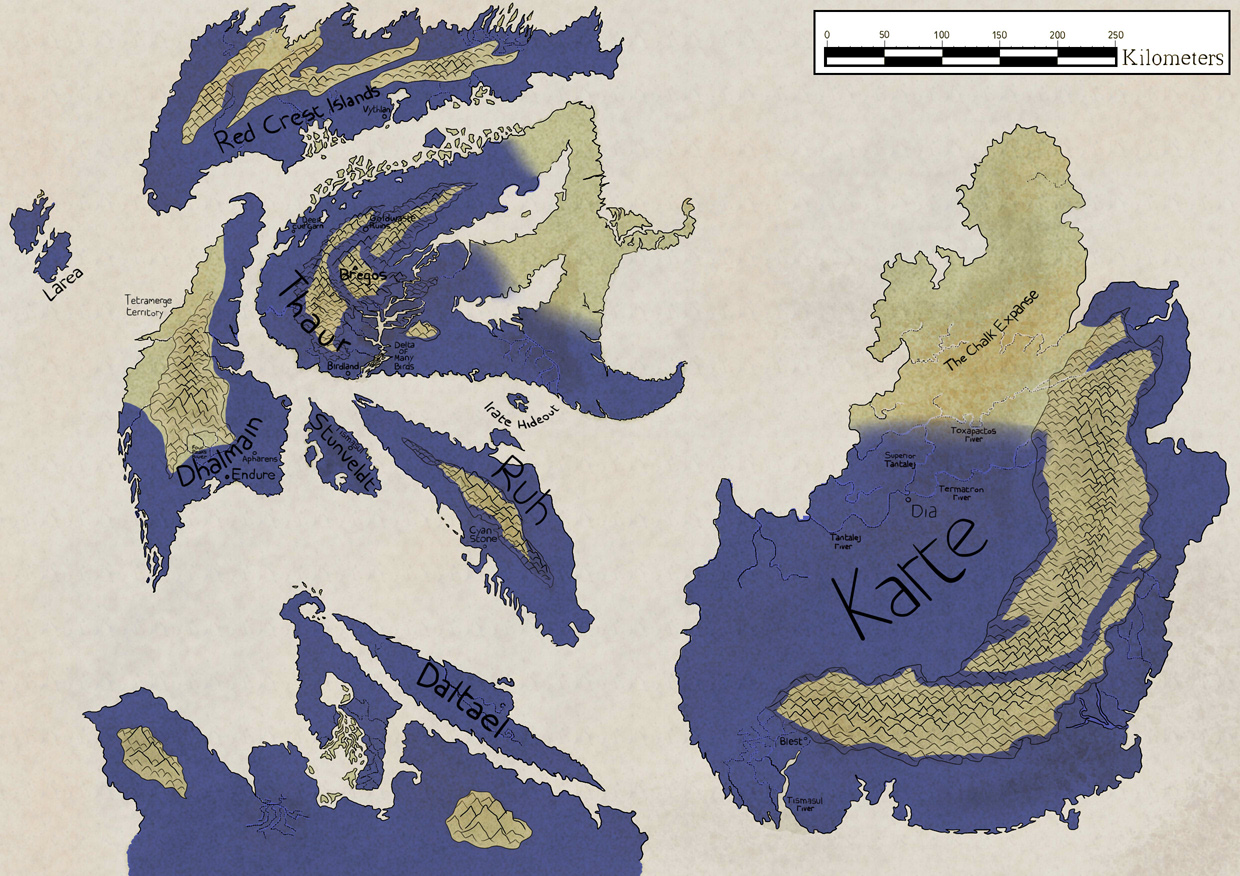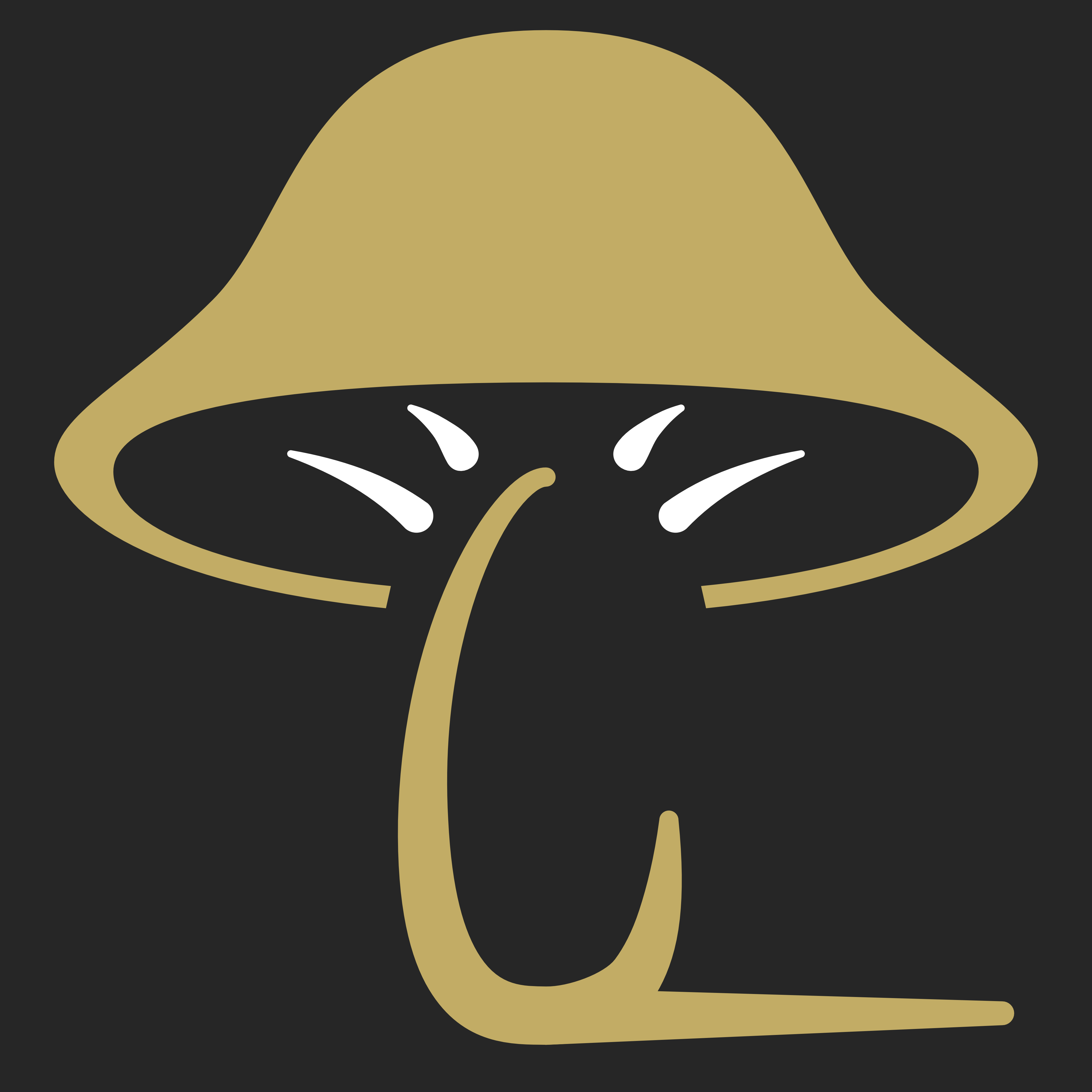Alzufhar
Leer versión en Español
Few historical records are known from a time before societarians started working alongside alzufhars with elaborate pacts and using them as mounts and beasts of burden, whilist caring for them and protecting them from predators.
After the alzufhars became the main working and hunting companions of societarians, a new era was named after them, spanning 3014 years and ending with the coming of the High Rust, 10 years in the past.
They mate at any time of the year with other individuals of their herd of any sex, though the females usually only have one baby every 2 to 3 years.
The foals are raised by the whole herd with great care, which ensures a high survivability rate both in the wild and in societarian settlements.
This organ is stimulated by the partner to produce pleasure, both when mating in and outside of mating season.
Besides this quirk, their organs are quite similar to those of other mammals.
El Alzufhar es la criatura pactual más relevante en todas las naciones del Archipiélago de Haan, y su presencia talló gran parte de la cultura de los societarios.
Esta criatura altamente inteligente, versátil y con buena resistencia fue crucial para el desarrollo de la mayoría de las naciones como una bestia de trabajo, como una montura en tiempos de paz y de guerra, y funcionando espiritualmente como totems del sexo y la fertilidad.
Viven en manadas formadas por hembras y machos, con un lider de sexo indistinto. En las areas donde los alzufhar tienen tratos extremadamente estrechos con los societarios, sus manadas tienden a disolverse, agrupandose en su lugar con las familias de societarios con los que trabajan.
Los alzufhar son utilizados como bestias de carga y como montura en vida. Ocasionalmente, los societarios beben la leche de las hembras, aunque esta no es una práctica muy extendida.
No es usual que se maten alzhufares para usar sus cuerpos, pero una vez que mueren por otras causas, sus cuernos suelen ser aprovechados para hacer decoraciones y recipientes y sus cueros para hacer ropa y construcción de hogares e implementos. Lo que ocurre con el resto de sus cuerpos depende mucho de la sociedad y la familia con la que trabajaba el alzufhar. Aquellos con relación mas cercana suelen enterrar el cuerpo, incluso sin remover el cuero. En el otro extremo, algunos utilizan sus huesos como fertilizante, y su carne como carnada o para alimentar otras bestias. Es muy raro que un societario coma carne de alzufhar.
La mayoría de las naciones tienen pactos con los Azufhar en los que los societarios intercambian refugio, alimento, libertades y protección por derechos para usarlos como montura y por su colaboración en la cacería y la batalla.
El Pacto de los Alzufhares Dhalmanitas es más complejo y extenso y posee menor libertad para los alzufhares, especialmente controlando su reproducción, por lo que Dhalmain es conocida por su cría selectiva de razas de alzufhares. A cambio de esto, el pacto de Dhalmain ofrece la más alta protección, cuidado y lujos.
Anatomía
Los Alzufhar son cuadrúpedos altos, con pezuñas, cubiertos de pelo y con dos cuernos curvados en la cabeza. Su pelaje es marrón claro, con el vientre blanco y las puntas de las manos, pies y hocico de un marrón mucho más oscuro, además de una distintiva mancha oscura en la espalda, que se extiende con tres puntas hacia cada costado. Los alzufhar tienen pelo corto en el cuerpo, pero tienen vello más largo detrás de cuello, detrás de las manos y pies, y bajo el mentón.Biología
Los alzufhar son herbívoros obligados, y se alimentan mayormente pastoreando.Viven en manadas formadas por hembras y machos, con un lider de sexo indistinto. En las areas donde los alzufhar tienen tratos extremadamente estrechos con los societarios, sus manadas tienden a disolverse, agrupandose en su lugar con las familias de societarios con los que trabajan.
Domesticación
Los alzufhar están tan interconectados con los societarios que se los puede considerar domésticos, pese a ser una especie pactual. Los alzufhar de Dhalmain tienen un nivel de domesticación mucho más alto que los de otras areas, debido a la crianza selectiva y a la vida en recintos y dentro de las ciudades.Los alzufhar son utilizados como bestias de carga y como montura en vida. Ocasionalmente, los societarios beben la leche de las hembras, aunque esta no es una práctica muy extendida.
No es usual que se maten alzhufares para usar sus cuerpos, pero una vez que mueren por otras causas, sus cuernos suelen ser aprovechados para hacer decoraciones y recipientes y sus cueros para hacer ropa y construcción de hogares e implementos. Lo que ocurre con el resto de sus cuerpos depende mucho de la sociedad y la familia con la que trabajaba el alzufhar. Aquellos con relación mas cercana suelen enterrar el cuerpo, incluso sin remover el cuero. En el otro extremo, algunos utilizan sus huesos como fertilizante, y su carne como carnada o para alimentar otras bestias. Es muy raro que un societario coma carne de alzufhar.
La mayoría de las naciones tienen pactos con los Azufhar en los que los societarios intercambian refugio, alimento, libertades y protección por derechos para usarlos como montura y por su colaboración en la cacería y la batalla.
El Pacto de los Alzufhares Dhalmanitas es más complejo y extenso y posee menor libertad para los alzufhares, especialmente controlando su reproducción, por lo que Dhalmain es conocida por su cría selectiva de razas de alzufhares. A cambio de esto, el pacto de Dhalmain ofrece la más alta protección, cuidado y lujos.
Biology
Anatomy
Alzufhars are big, bulky ungulates, that stand around 1.60 meters tall up to the whithers.
They feature two rounded horns, segmented in a quite angular way, at the back of their head, and a straight, tidy goatee usually accompanied by two small wattles at the top of the throat. They have two hooves on each foot and a short fluffy tail.
Their bodies are covered on short hair, with some areas growing longer on the tail, back of the neck and back of the feet.
They feature two rounded horns, segmented in a quite angular way, at the back of their head, and a straight, tidy goatee usually accompanied by two small wattles at the top of the throat. They have two hooves on each foot and a short fluffy tail.
Their bodies are covered on short hair, with some areas growing longer on the tail, back of the neck and back of the feet.
While the markings may change for some individuals, especially for selectively bred variants, most alzufhars have a warm brown coat in most of their body, with a distinctive big, darker marking on the back which extends in three triangular shapes to each side of the body, and a white patch on the belly that extends to the base of the tail.
The tip of each leg, as well as the muzzle, are dark brown, though in some cases these markings can be white.
The tip of each leg, as well as the muzzle, are dark brown, though in some cases these markings can be white.
Behaviour
Alzufhar are grazing, social creatures that live in herds with individuals of any sex and age, commanded by a leader of any sex. In the areas where alzufhar have very tight relationships with the societarian population, the herds tend to dissolve as the individuals group instead with the family they work with.
They are intelligent and adaptable, having populated many climates and ecosystems, and taken over almost all of the archipelago thanks to their relations to societarians, except for high mountains as, despite being able to transit these areas, tetsus are highly aggressive to them due to their status as societarians' allies.
Relationship with the societarians
The alzufhar are, undoubtedly, the pactual creature with the closest relationship to societarians. They could be considered a domestic species, since over the centuries their bodies and mind adapted to living interconnected with societarians, and entirely wild herds are rare.
Societarians use them as mounts for travel, leisure and battle, and as beasts of work and burden, carrying objects and working the fields. On occasion, societarians drink the milk of the mares, but this practice is not very extended.
In exchange for this, alzufhars get their quality of life substantially improved receiving shelter, food, security and healthcare while preserving a high degree of freedom, though the latter is reduced for the highly regarded dhalmanite ones.
The two species are so connected to each other that tetsus, the societarian's mortal enemies, have transferred their hatred to alzufhars, and usually try to hunt them down if they see them. For this reason, alzufhars do not roam on known tetsu territory.
The Dhalmanite alzufhars
The people of Dhalmain have an especially complex and strict pact with their alzufhars, that they even formalized into a written document. The pact that they negotiated with their first ambassador (Called Behemil) included a lot of extremely dedicated care from the Dhalmanite, but in exchange the alzufhar renounced to many liberties, including choosing their mates.
This way, the Dhalmanite were able to selectively breed them, becoming the only nation to have really dedicated alzufhar breeds, specialised in traits like speed, or activities like hunting or plowing.
This way, the Dhalmanite were able to selectively breed them, becoming the only nation to have really dedicated alzufhar breeds, specialised in traits like speed, or activities like hunting or plowing.
Use of Alzufhar bodies
The butchering of alzufhars for meat or other products is very unusual, as they are regarded as companions and are considered almost equals. However, once they die due to other causes, their horns are usually used to craft decorative items and cups, and sometimes their leather is used for clothing and furniture. Depending on the culture, this may be seen as just making good use of it, or as a way to honour the work the alzufhar did in life.
The use of the rest of their bodies varies a lot depending on the culture and the family that the alzufhar worked with. Those that had a very close relationship with an individual usually bury them even without removing the hide. In contrast, others use their bones as bonemeal and their meat as bait or as food for other domestic beasts such as pet lyraiks.
It is a very rare occurrence for a societarian to eat alzufhar meat.
It is a very rare occurrence for a societarian to eat alzufhar meat.
The totems of fertility and sex
This section contains graphic descriptions. Hover over the blurred text to see the content.
Courtship and reproduction
Alongside societarians and some other pactual creatures, the alzufhars are one of the few creatures found to have sex for pleasure without any exterior influence.They mate at any time of the year with other individuals of their herd of any sex, though the females usually only have one baby every 2 to 3 years.
The foals are raised by the whole herd with great care, which ensures a high survivability rate both in the wild and in societarian settlements.
Reproductive Anatomy
The female azufhar's reproductive system includesan unusually enlarged clitoris partially hidden inside the vagina that protrudes outwards when aroused, looking like a smaller, shorter version of the male's penis
. This organ is stimulated by the partner to produce pleasure, both when mating in and outside of mating season.
Besides this quirk, their organs are quite similar to those of other mammals.
Symbolism in societarians' cultures
Since countless years ago, alzufhars have been considered the symbols of both fertility and sex for the societarians both for their elaborate mating rites and customs and their hardiness and exceptional ability to protect the pregnant mothers and raise their children.
"I've been waiting for you, my fellow alzufhar praisers""Alzufhar praiser" has become a common phrase in places like the islands of Thaur, Red Crest and Dhalmain to call people that are notoriously sex-focused, sex-positive or kinky. This specific phrase differs from other slangs in that it casts the person in a positive light.
This status as totems of fertility and sex has created tons of traditions across the archipelago:
In some regions, people decorate alzufhar's bodies, especially their horns, to receive the birth of a very expected child.
Male Dhalmanites of old used to drink alzufhar milk
Pregnant people and midwives wear charms in the shape of pregnant alzufhars to deliver healthy babies.
A symbolism so strong and specific is rarely seen spreading so uniformly across the archipelago, and if anything, while the Era of Alzufhars may have come to an end, their status only seems to get stronger each year.
In some regions, people decorate alzufhar's bodies, especially their horns, to receive the birth of a very expected child.
Male Dhalmanites of old used to drink alzufhar milk
or wet their lips on their semen
when having difficulty getting erections (In reality, some are still doing it). Pregnant people and midwives wear charms in the shape of pregnant alzufhars to deliver healthy babies.
A symbolism so strong and specific is rarely seen spreading so uniformly across the archipelago, and if anything, while the Era of Alzufhars may have come to an end, their status only seems to get stronger each year.
Lifespan
~45 years
Average Height
1.60m to the withers
Geographic Distribution







I love the description, the map, the details, their connection with others species... I love EVERYTHING
Love to code, but this one is driving me crazy!
My world Shattered won as the "Most ground-breaking premise new world"!
Thank youuuuu ;w; <3